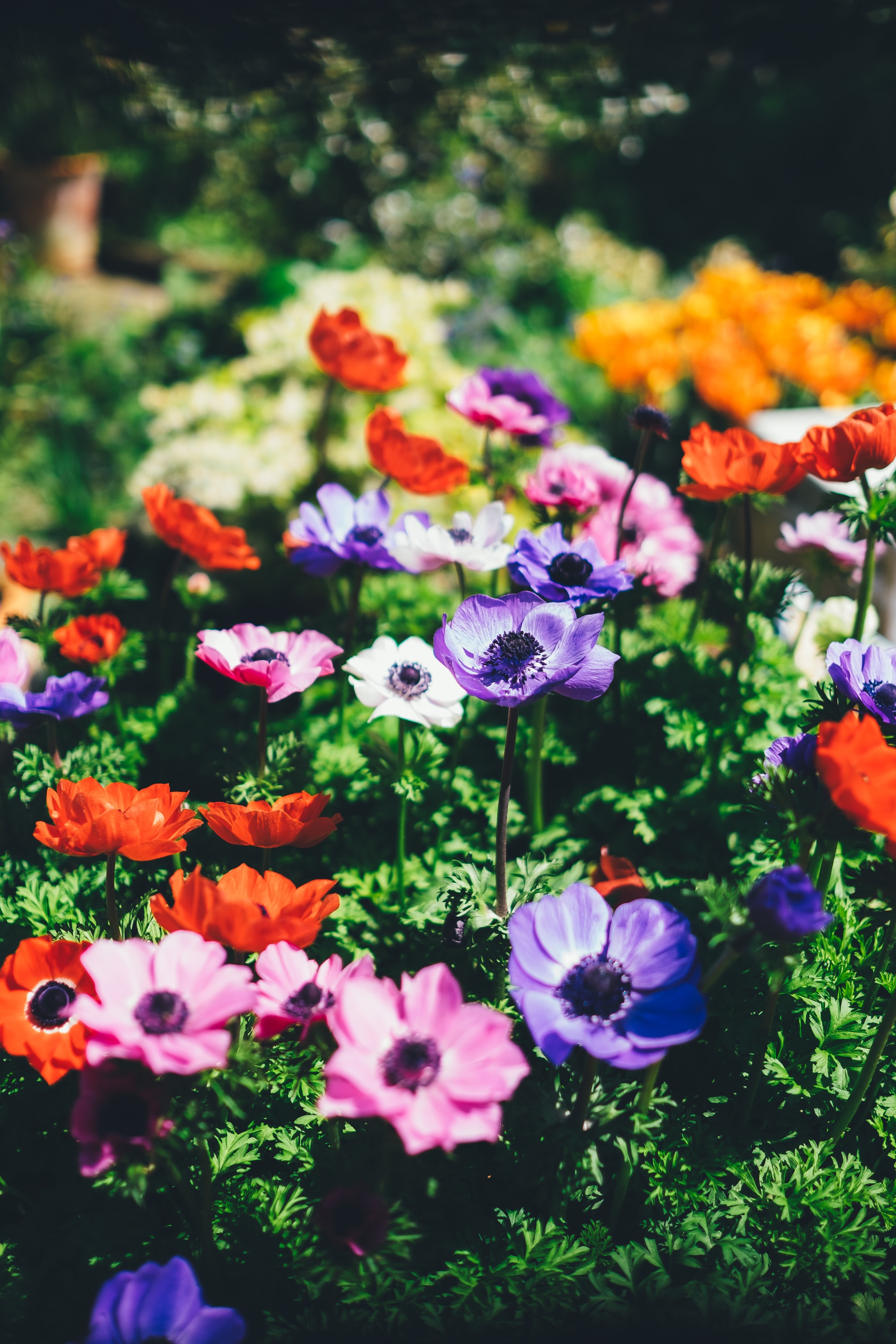Thirty-one
- Judith Cox

- May 9, 2021
- 3 min read
Updated: May 14, 2021
A question about garlic; fall garden prep.
Greetings fellow gardeners,
Brrr! It is starting to get cold. Soon I will be traipsing out to the woodpile to get wood to feed the stove. All of the cats will be lined up waiting for the warm fire.
I received a question about garlic last week and it is something I had not addressed when I talked about planting garlic. I always plant my garlic around my roses and perennials (with the hope that the scent will annoy the deer) and I don’t plant the cloves in or around my vegetables. One should never assume as there are many people who plant their garlic in a row or within their vegetable plot. There are a number of vegetables whose growth can be stunted when planted near garlic. These plants are peas, beans, asparagus, strawberries, parsley, and sage. Garlic is greatly beneficial when planted near anything else. The only thing that I know of that stunts the growth of garlic is extremes in weather.
I am continuing to organize my garden for winter, and I wanted to show you the asters and goldenrods in my garden.

Asters with fuzzy seed heads

Goldenrod gone to seed
“Asters and goldenrods attract loads of late season pollinating insects. In the wintertime, they provide food and habitat for many birds and small animals that feast on the seeds and find shelter in the dried stalks.” (https://wildseedproject.net/2017/09/beauty-pollinator-benefits-asters-goldenrods/)
My beautiful dahlias are ready for bed. The frost has killed the green stems and flowers and the tubers are now ready.

Dahlia frosted
I carefully dig the dahlias out of the ground and out of their pots. After they are dug, you will see big fat tubers that look like potatoes. I lay the whole bunch on newspapers and cut the stems to about six inches and carefully examine the tubers. If any of the tubers are soft, I remove and discard them. Be sure to remove any bugs or worms and leave the tubers on a newspaper so that the soil dries. Shake off or brush off the soil once it dries but do not wash the tubers. Lightly wrap the tubers in newspaper and put them in paper bags or boxes. Be sure they are named, (mine are all Deerhurst dahlias this year) and store them in a cool dark place until some time in March.

Dahlia tubers
My purple-podded pole beans have finally completed their cycle. These are my favourite pole beans although any pole bean would be a delight in your vegetable garden. Pole beans add nitrogen to the soil and the dead vines are an excellent addition to the compost. I have now harvested the bean seeds in preparation for the spring.
The purple-podded pole beans have a lovely purple flower. Other pole beans have different coloured flowers. Scarlet runner beans are red while the Kentucky blue pole bean is a lovely blue.

Purple-podded pole bean flowers
The purple-podded pole beans are a stunning purple colour and turn green when they are cooked. When they are young, they have a buttery taste like yellow bush beans.

Purple-podded pole beans
The beans are ready to harvest when they become dry and papery and beige in colour.

Purple-podded pole bean seed pods
I am continuing to organize my garden while leaving areas for overwintering insects and leaving food for winter birds. The wind is taking away the colour in the trees and soon the snow will stay. Time to bring in a load of kindling. Enjoy your week.
Judith. (Email: lapisdragonarts@gmail.com)
All Veggie Bites are available at the SGHS website: https://sites.google.com/site/sghortsoc/
Gardening Books

“Rodale’s Ultimate Encyclopedia of Organic Gardening: The Indispensable Green Resource for Every Gardener,” Edited by Bradley, Ellis and Phillips, Rodale Inc., c. 2009
I take this very large book with me to every advice table. It has information on flowers, vegetables, trees, pests, how to plant, and so much more. It is a great resource for the beginnings of research. When I have questions, it gives me a place to start:
“Rodale's Ultimate Encyclopedia of Organic Gardening has been the go-to resource for gardeners for more than 50 years—and the best tool novices can buy to start applying organic methods to their fruit and vegetable crops, herbs, trees and shrubs, perennials, annuals, and lawns. This thoroughly revised and updated version highlights new organic pest controls, new fertilizer products, improved gardening techniques, the latest organic soil practices, and new trends in garden design.” (https://www.amazon.ca/Rodales-Ultimate-Encyclopedia-Organic-Gardening/dp/1594869170)



Comments